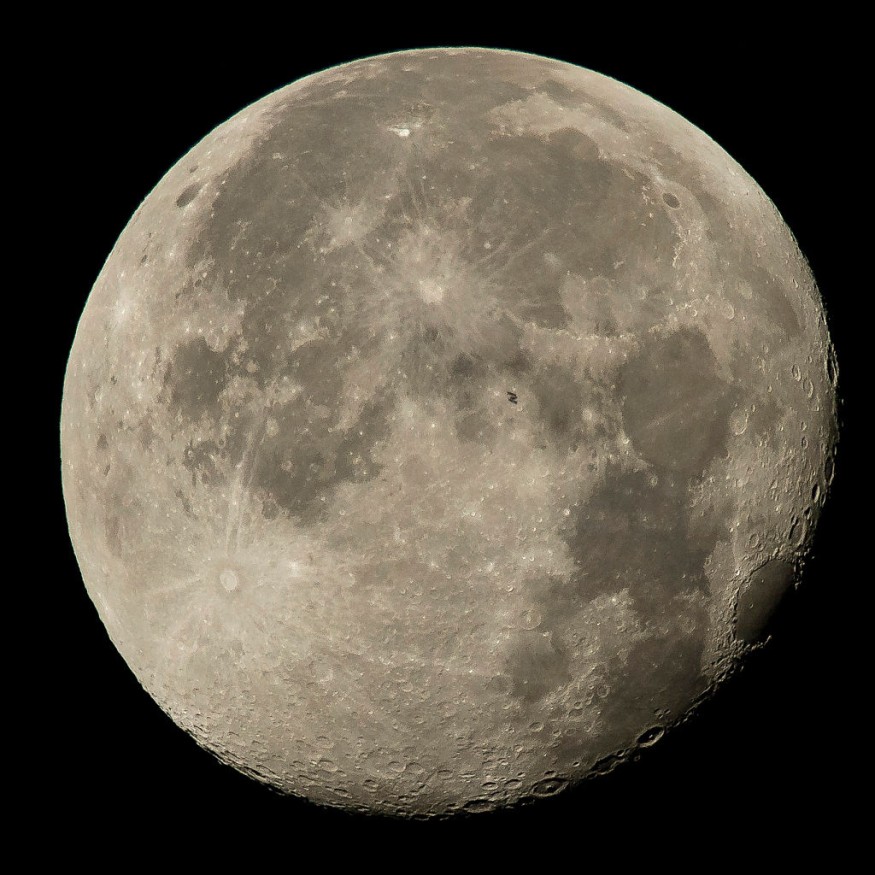Humans could live and work on the Moon this decade to allow future space exploration possible.
This is according to an official from the National Aeronautics and Space Administration (NASA) who said that the US space agency expects we can start building our colony or settlement on Earth's natural satellite by the year 2030.
The statement came after NASA launched an unmanned spacecraft to the moon last week.
For a long time, the scientific community previously perceived Earth's Moon to be inhabitable.
Almost 50 years after NASA sent the first human in the lunar landscape, new space programs and missions aim to send back humans to the Moon but with the ultimate purpose of making it a gateway towards future space exploration.
The potential existence of water in the Moon also strengthened its current case.
In recent years, tech billionaire Elon Musk and other space enthusiasts have considered Mars to be the next human frontier.
However, with an approximate distance of 84 million kilometers between the Blue Planet and the Red Planet, creating a stopover along the way is essential and a preliminary step.
This is why astronauts living on the Moon could be used as a starting point for crewed missions to Mars.
Moon: Future Human Settlement

Howard Hu, who spearheads the Orion lunar spacecraft program for NASA, said human habitats would be necessary to support future scientific missions, according to a BBC report on Sunday, November 20.
Hu told BBC correspondent Laura Kuenssberg that the launch of the Artemis rocket, which carries Orion, last Wednesday, November 16, was a historic day in the field of human space flight.
Hu said that we are going to be sending people down to the lunar surface and they are going to be living there and doing science.
The breakthrough revelation also comes a week after NASA successfully launched its new Space Launch System or SLS rocket, which allowed the Orion spacecraft to reach outer space and is now towards the Moon.
The Artemis 1 Moon Mission
The launch was reportedly delayed but its commencement allowed NASA's Artemis missions in motion, a series of significant step towards putting humans back on the Moon with the first one in July 1969, which saw Commander Neil Armstrong and lunar module pilot Buzz Aldrin landing on the lunar surface through the Apollo Lunar Module Eagle.
Now, the Artemis 1 moon mission is ongoing as an uncrewed Moon-orbiting program and is the first major spaceflight of a series of NASA's Artemis program.
The unmanned Orion will test itself to bring a capsule to the Moon and return successfully.
Hu also told Kuenssberg that this is the first step we are taking for a long-term deep space exploration not just for the United States but for the rest of the world, according to Business Insider.
As mentioned earlier, space explorations in the future, including in Mars, will use astronauts on the Moon as a launchpad but it first required that humans first-handedly see evidence of water.
If water is found, they could be used to fuel rockets to Mars.
© 2025 NatureWorldNews.com All rights reserved. Do not reproduce without permission.





